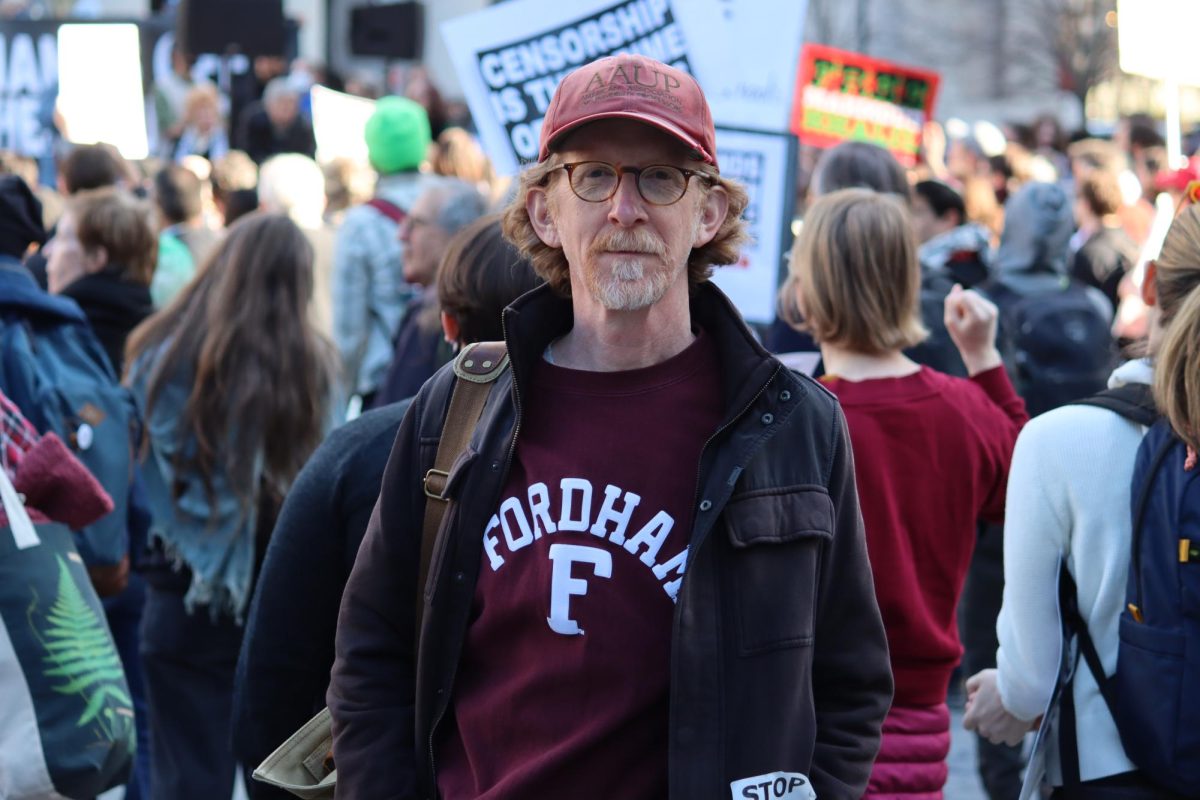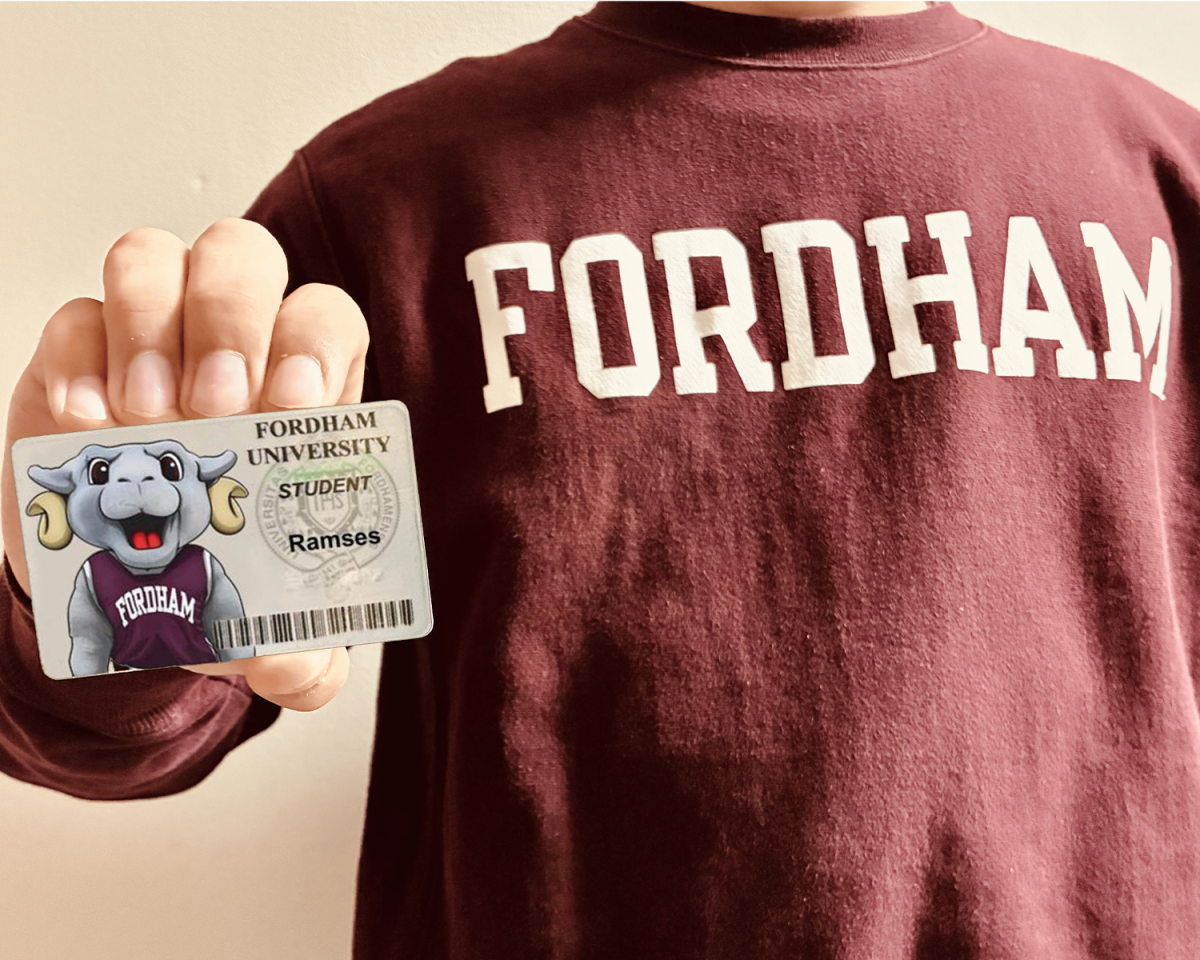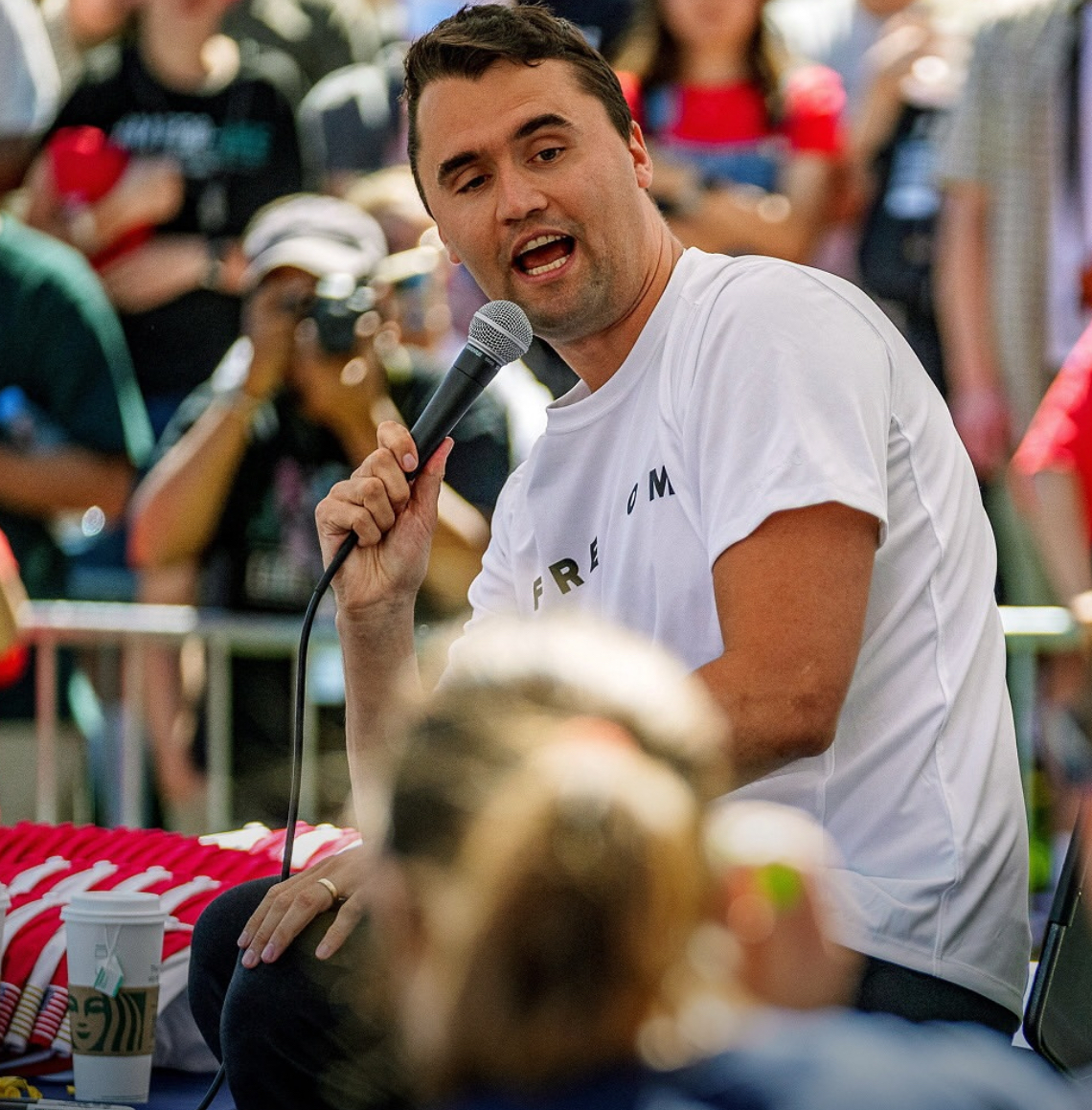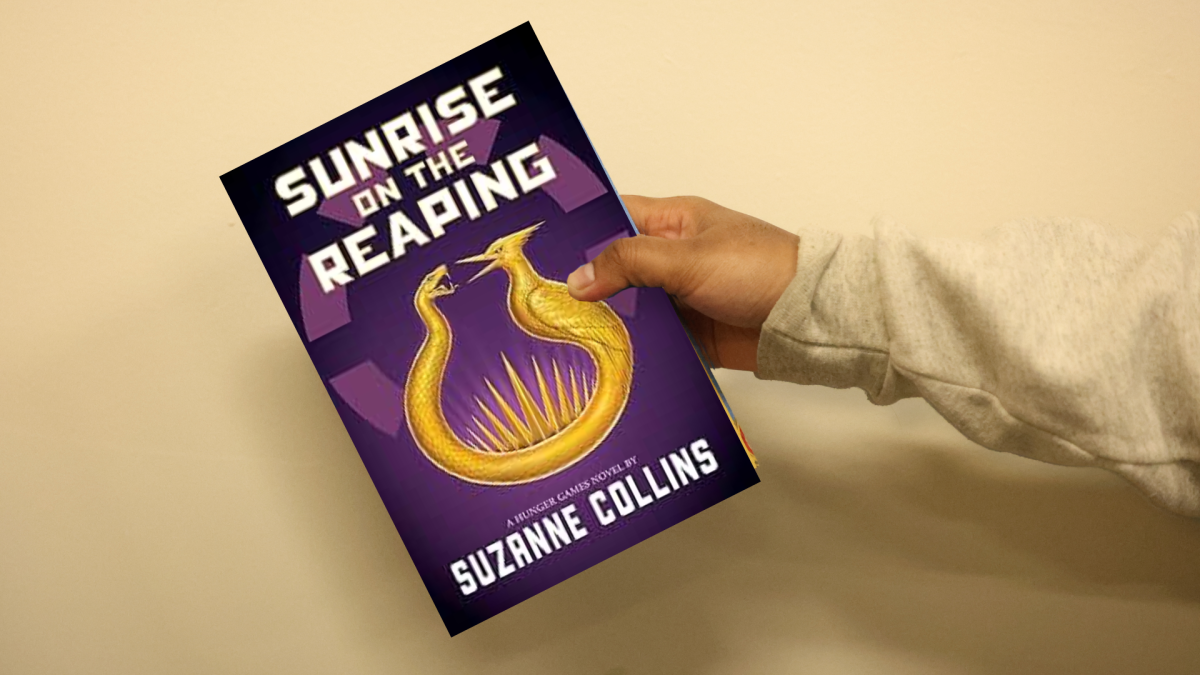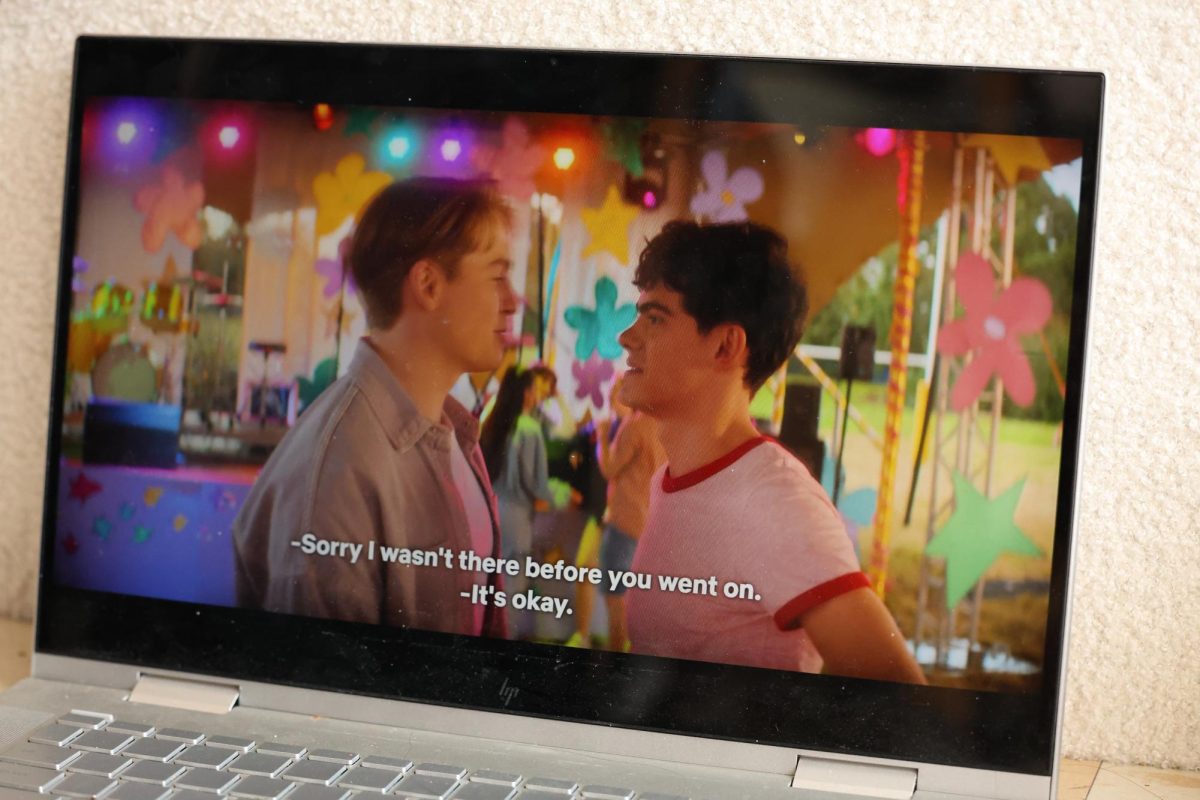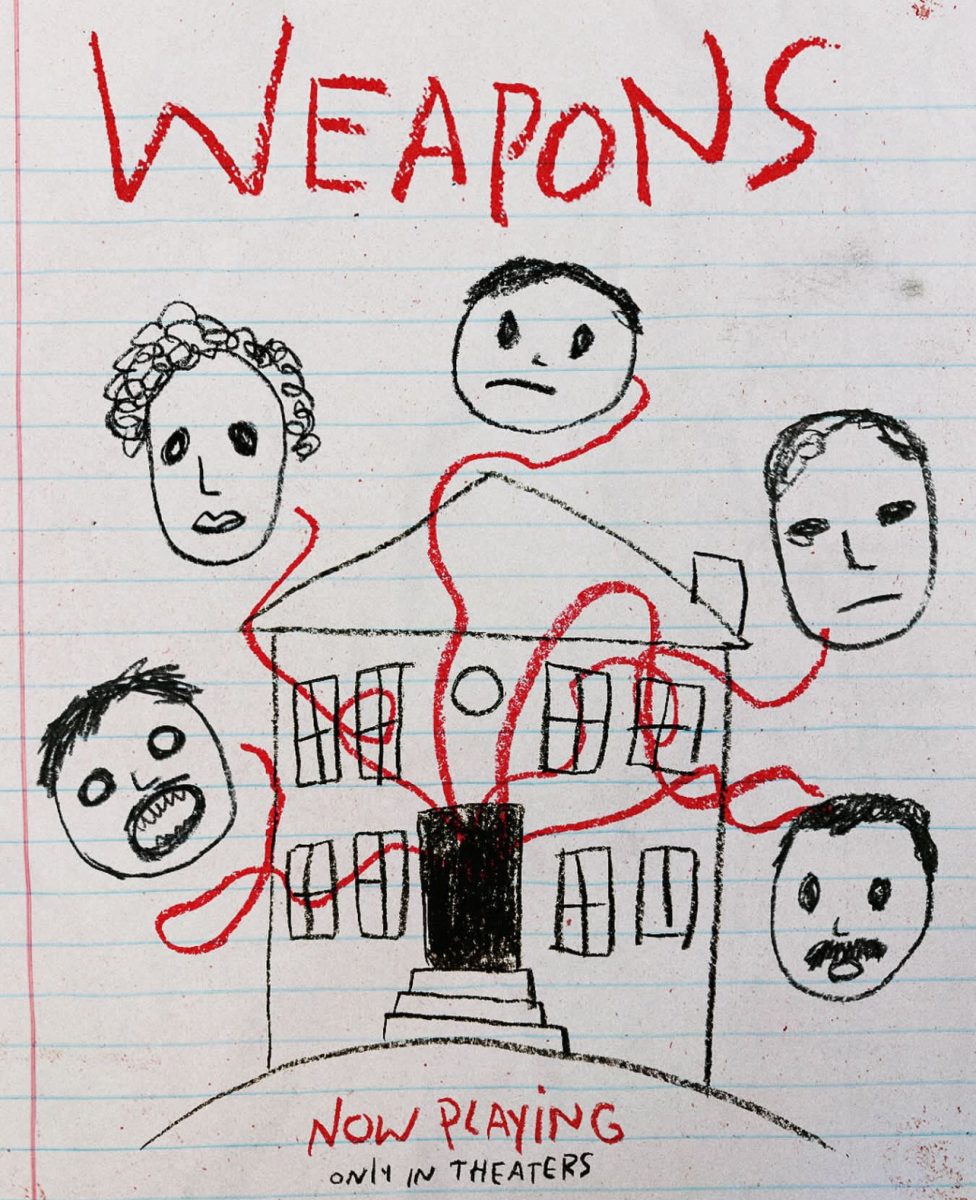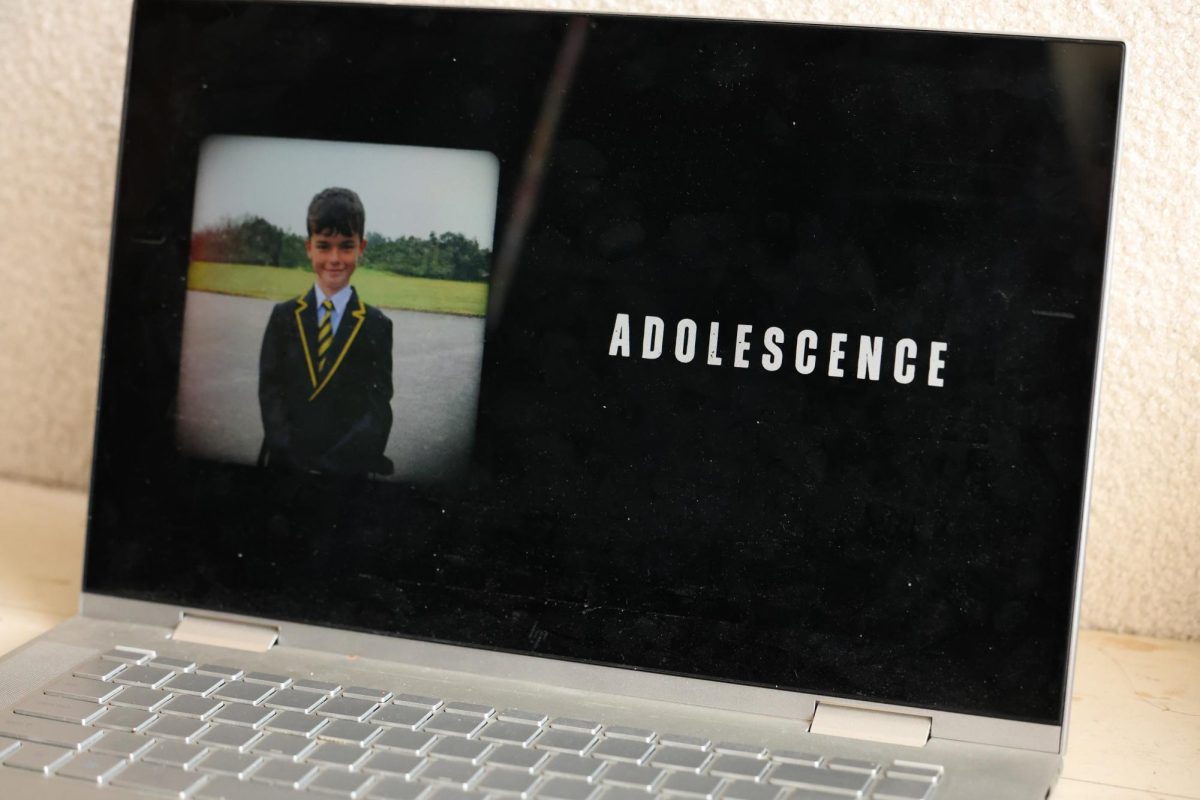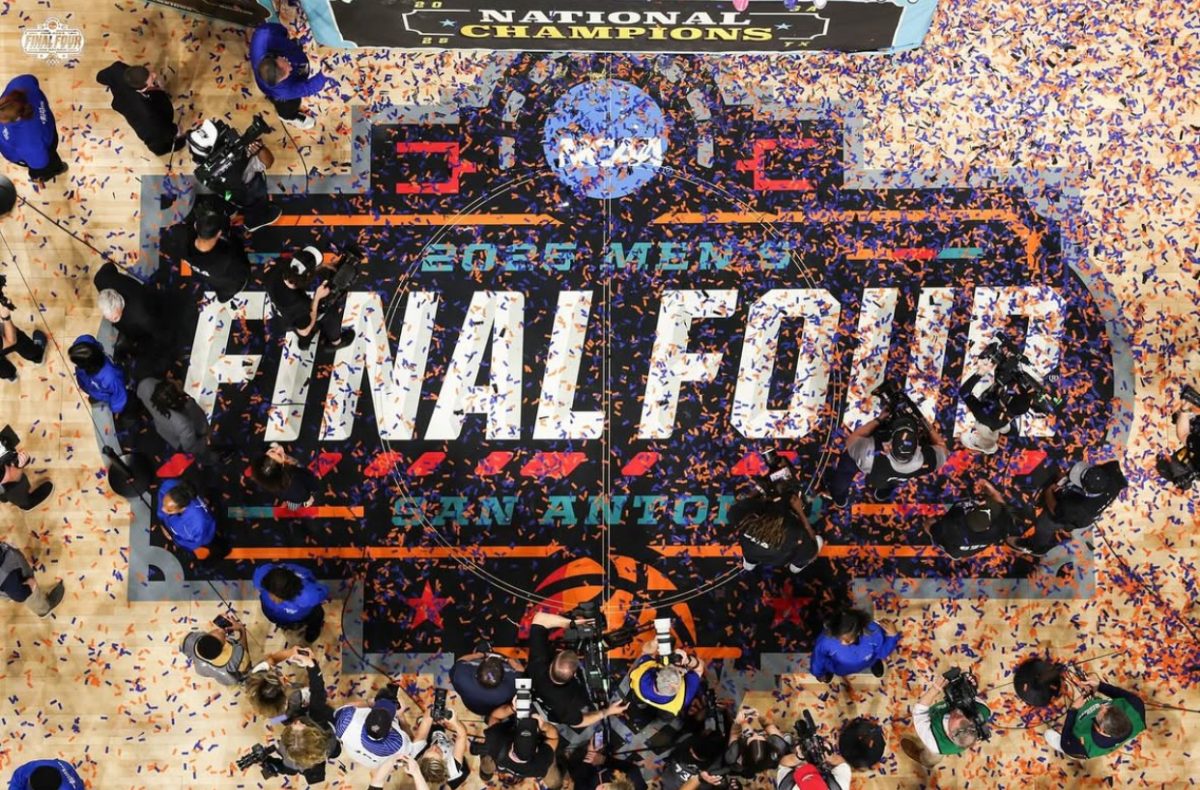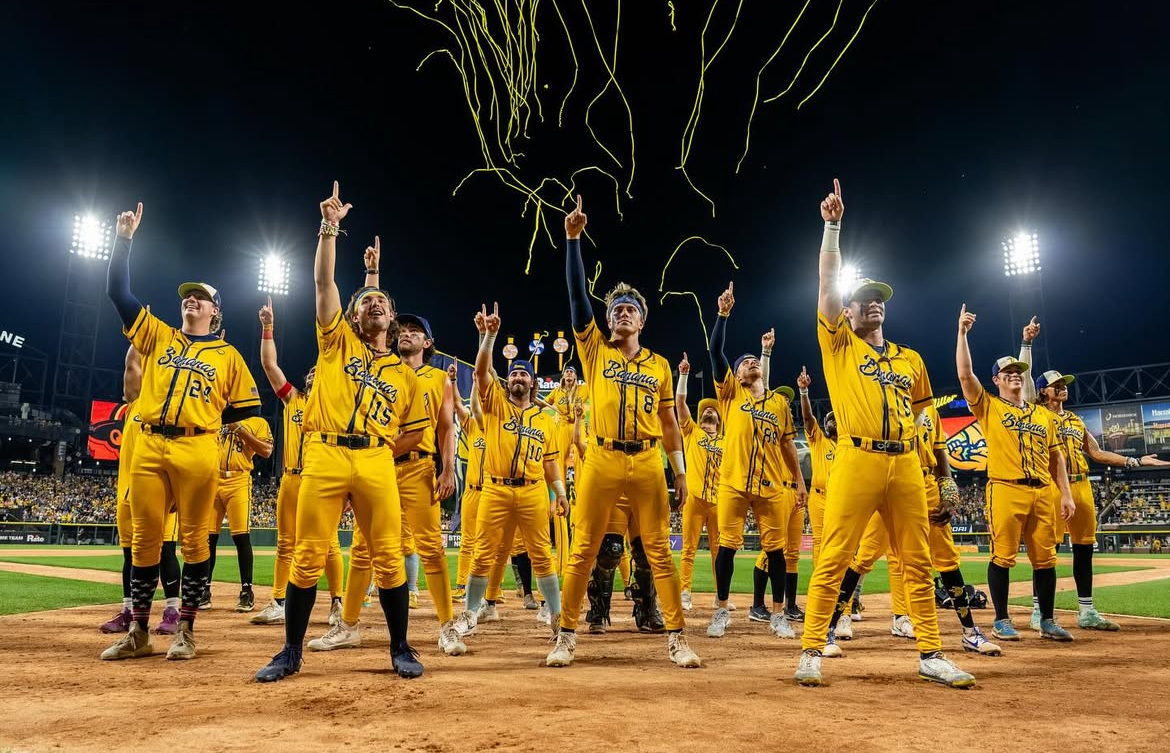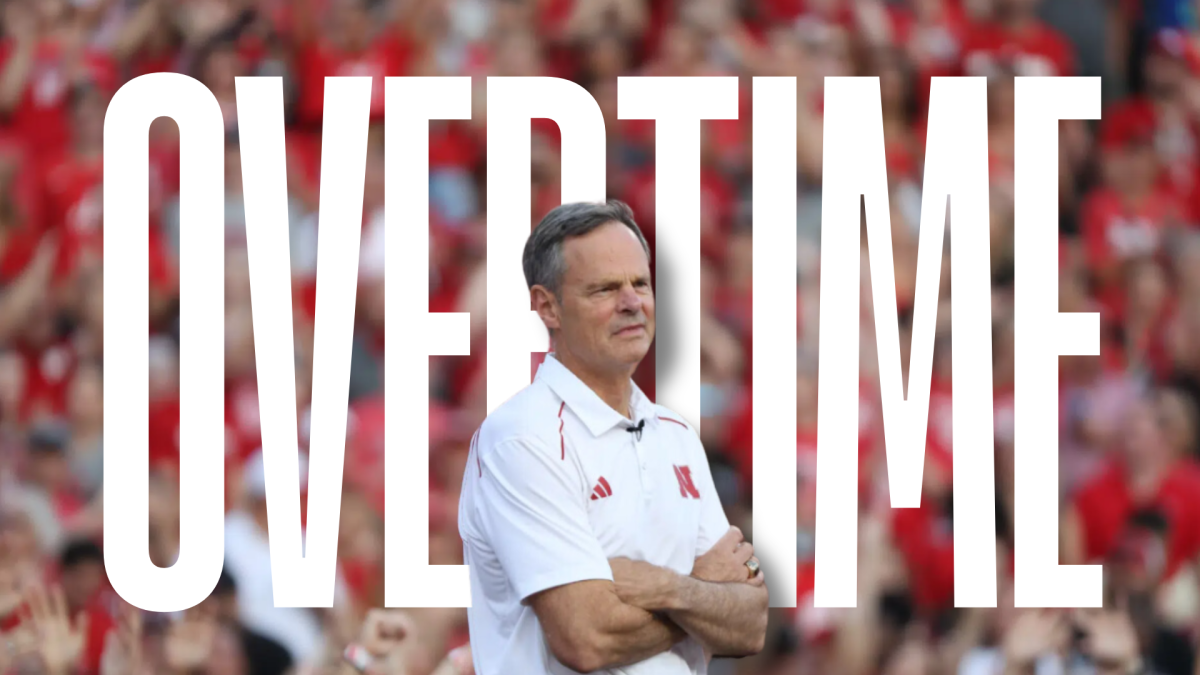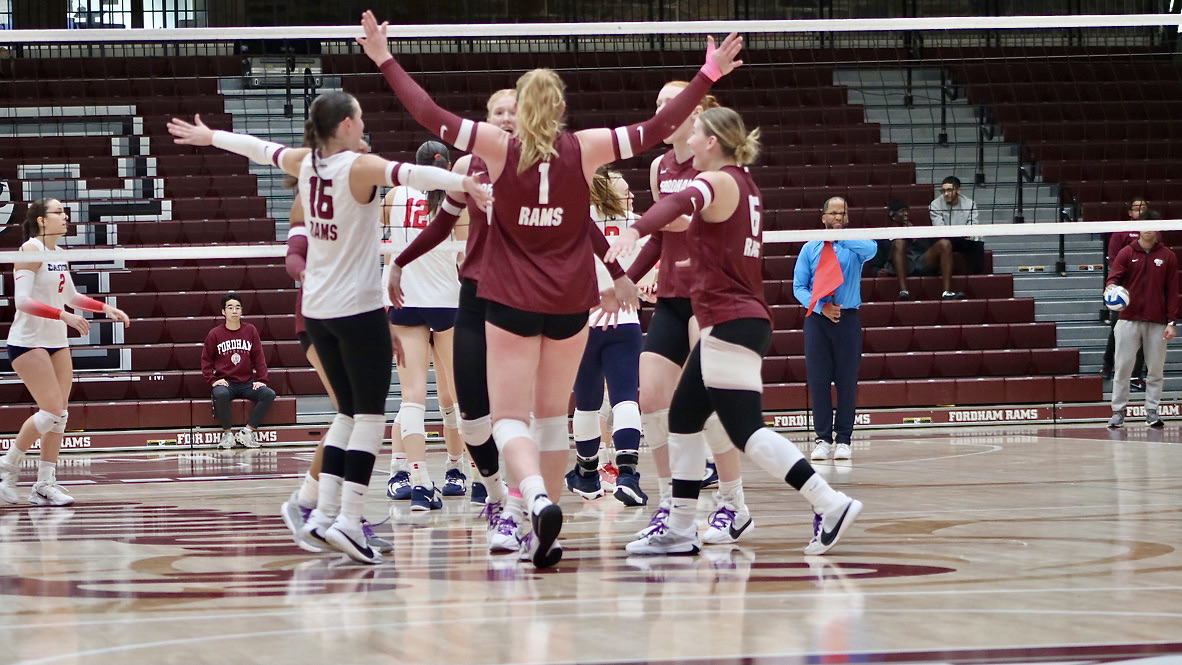
By Andrea Garcia
Within the past two weeks, media has been shaken by two suicides, namely those of Aaron Hernandez and Hannah Baker. These two individuals, although one is fictional and one is real, share one common thread: both of their stories end with a completed suicide. Like the act itself, media portrayals of suicide have transcended through time periods and continue to be a theme in fictional media. This includes the protagonists of Shakespeare’s Hamlet, Steven Chbosky’s Perks of Being a Wallflower and Jay Asher’s Thirteen Reasons Why, now resurrected in a Netflix series like a dead girl immortalizing herself in tapes.
The hit Netflix series, co-produced by Selena Gomez and her mother, has shaken up dialogue about suicide. Moreover, it has caused people to consider how their words and actions impact others’ innermost emotions. The series has succeeded in bringing the dark realities of suicide to light. It is a human act that is supported by an internal motivation that no one should ever arrive at. The graphic depiction of Hannah’s suicide is much different than any other visual representation of a suicide, whether attempted or completed. Unfortunately, such graphic scenes can even trigger copycat suicides.
If anything, the real and recent suicide of Hernandez reminds us that the human tragedy doesn’t just happen in preventable situations of high school bullying, or butterfly effect as Hannah refers to it, of defeating situations; it is a very real attempt to escape from being oneself that stems from mental illness. The demonic thought happens to the best and worst of people.
While Hernandez was already serving time in prison for his past crimes, many people still hated the criminal more than the crime itself. Hernandez’s detestable crimes cannot be reversed, but his victims and their families have been awarded as much justice insofar as our criminal justice system allows. When his death was announced this past Wednesday, people celebrated his suicide. People celebrated that he felt so inclined to take his own life, and media fed into the fire.
Headlines and memes, joking that he was “just hanging in there” and how his attorney just “told him to hang around” circulated the internet. Where’s the humanity in recognizing his struggles?
There are uneven sentiments in how media portrays suicide. Hannah Baker, a fictional character, commits suicide, and her death is glorified as an example of how words hurt. On the contrast, Aaron Hernandez, a real person, commits suicide, and his death is observed as an example of karma.
How can suicide be portrayed equally when each suicide case has to be taken with an individual grain of salt?
Fictional suicides need to be more regulated in how the act is demonstrated, so as to prevent creating romantic generalizations of how suicides are completed. Gory and hyperdramatized suicide scenes desensitize audiences to real instances of both suicide and suicidal behavior. Meanwhile, reportings of suicides that occur in the real life should offer reverence to the deceased’s life, no matter how their faults outweigh the triumphs. News of someone’s completed suicide should not be a means of celebration.
Suicide, in all forms of media, needs to be portrayed more carefully and with a particular regularity, not only to exemplify such suffering and prevent triggered suicide attempts, but also to establish a level of awareness around suicide prevention and distinguish existing stereotypes from their realities.
Andrea Garcia, FCRH ’19, is a political science major on a pre-law track from West Milford, New Jersey.




